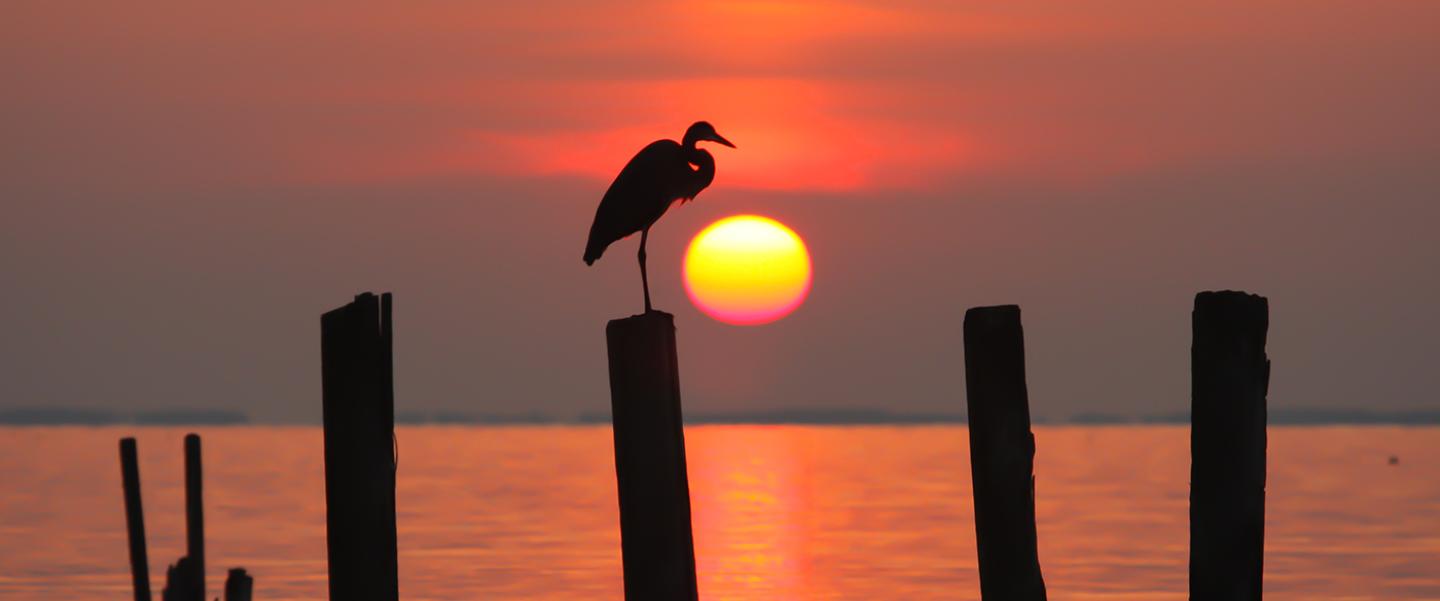HIGHLIGHTS
- What cost to combat dead zones in the Chesapeake Bay?
- Abt analyzed data on topics from water quality to costs
- We produced reports on the impacts and benefits of restoration
The Challenge
The Chesapeake Bay is the largest estuary in the U.S., encompassing 64,000 square miles and covering parts of six states and Washington DC. In the 1970s, the Bay was discovered to have one of the world’s first identified marine dead zones. Poor water quality meant the watershed couldn’t support life, threatening more than 2,700 species of plants and animals living there. Shellfish harvests declined by a startling 99 percent.
The Approach
The Environmental Protection Agency (EPA) established Total Maximum Daily Loads (TMDLs) of nitrogen, phosphorus, and sediment for the bay. Abt helped the EPA estimate the benefits and costs of Chesapeake Bay restoration using the TMDLs. Abt conducted an extensive literature review; assessed data sources and ecological models; identified categories of benefits expected from the proposed TMDL; compiled and analyzed water quality, ecological, and economic data; and estimated benefits.
The Results
Abt produced two associated reports, Economic Impact of the Chesapeake Bay TMDL, and Benefit Cost Analysis of the Chesapeake Bay TMDL. Abt analyzed direct and indirect economic impacts of actions to comply with the TMDL, including impact on the value and composition of regional economic output, employment, and income. Abt also analyzed benefits, including commercial fishing and harvesting, recreation, real-estate values, and ecosystem services.
